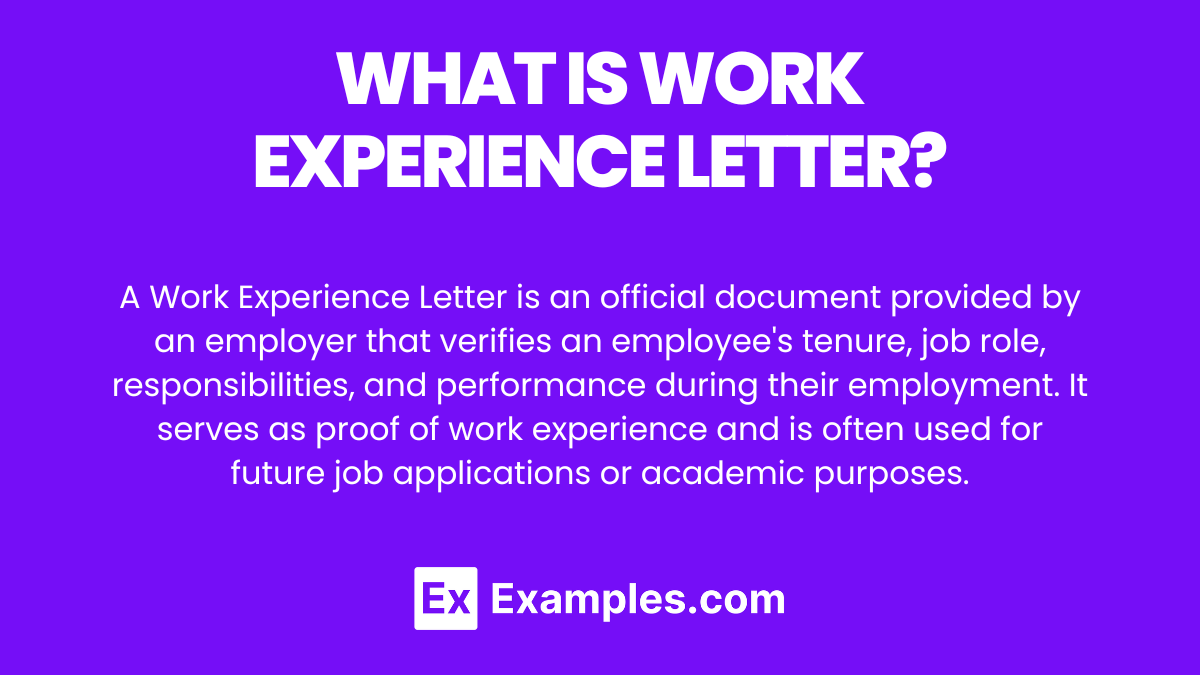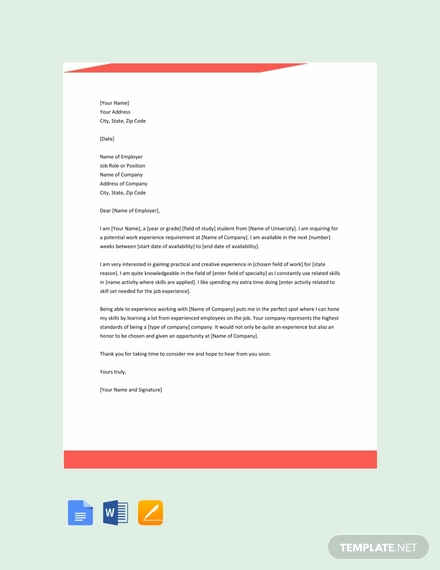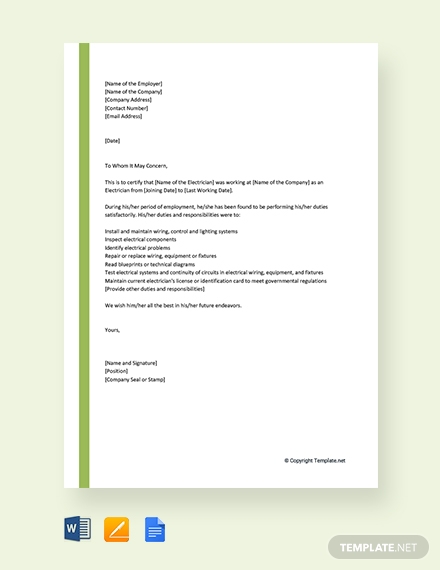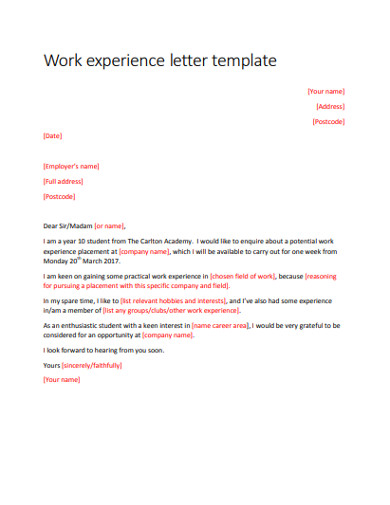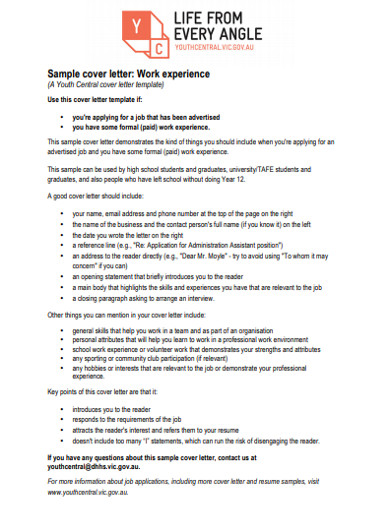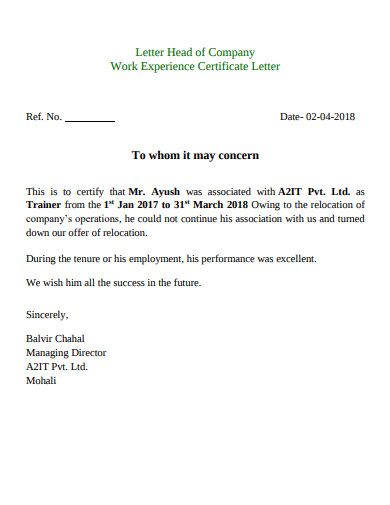[Company’s Letterhead]
Date: [Date of Issuance]
To Whom It May Concern,
This letter is to certify that [Employee’s Full Name] was employed with [Company Name] as a [Job Title] from [Start Date] to [End Date]. During their time with us, [Employee’s Name] displayed a high level of professionalism and was an integral part of our team.
[Employee’s Name] was responsible for a wide range of tasks including [List Key Responsibilities], where they consistently met and exceeded expectations. Their ability to handle complex tasks, work under pressure, and deliver results on time was highly commendable. Additionally, they demonstrated a strong understanding of [Mention any specific skills or technologies].
Their work ethic and positive attitude made them a valuable asset to the company. [Employee’s Name] effectively collaborated with colleagues, contributed to team success, and displayed strong problem-solving abilities. They also took the initiative in [Mention any specific projects or achievements], which greatly benefited the organization.
We have no hesitation in recommending [Employee’s Name] for future employment. We wish them all the best in their professional journey ahead.
Sincerely,
[Your Full Name]
[Your Job Title]
[Company Name]
[Contact Information]



